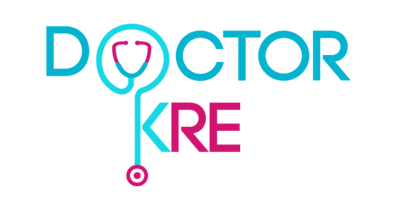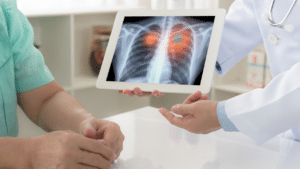Sarcomas are a group of rare cancers that originate in the body’s connective tissues – the tissues that connect, support, or surround other structures. These include bones, muscles, tendons, cartilage, fat, blood vessels, and nerves. While sarcomas can occur anywhere in the body, they most commonly develop in the arms, legs, chest, and abdomen.
This blog aims to provide information about sarcomas, including their types, symptoms, diagnosis, and treatment options.
Types of Sarcomas
There are two main types of sarcomas:
- Soft Tissue Sarcomas: These are the most common type, accounting for about 80% of all sarcomas. They can develop in various soft tissues, including fat, muscle, nerves, blood vessels, and deep skin tissues.
- Bone Sarcomas (Osteosarcoma): These cancers originate in the bones. Osteosarcoma is the most common type of bone cancer and often affects children and young adults.
Symptoms of Sarcomas
Symptoms of sarcomas can vary depending on the type, location, and size of the tumor. However, some common signs and symptoms include:
- A painless lump or swelling: This is often the first noticeable sign, especially for soft tissue sarcomas.
- Pain: Pain may occur as the tumor grows and presses on nerves or organs. Bone sarcomas often cause persistent bone pain.
- Limited range of motion: A sarcoma near a joint can restrict movement.
- Unexplained weight loss: This can be a general sign of cancer.
- Fracture: In the case of bone sarcomas, a bone may weaken and fracture with minimal trauma.
Diagnosis of Sarcomas
Diagnosing sarcomas often involves a combination of:
- Physical examination: A doctor will examine the affected area and assess any symptoms.
- Imaging tests: X-rays, CT scans, MRIs, and PET scans can help visualize the tumor and determine its extent.
- Biopsy: A tissue sample is taken from the tumor and examined under a microscope to confirm the diagnosis.
Treatment Options for Sarcomas
Treatment for sarcomas typically involves a combination of:
- Surgery: This is the most common treatment, aiming to remove the entire tumor and some surrounding healthy tissue.
- Radiation therapy: High-energy rays are used to kill cancer cells before or after surgery.
- Chemotherapy: Anti-cancer drugs are used to destroy cancer cells that may have spread to other parts of the body.
- Targeted therapy: These drugs target specific molecules involved in cancer cell growth.
- Immunotherapy: This treatment helps the body’s immune system fight cancer cells.
The Importance of Early Detection
Early detection and diagnosis are crucial for improving the outcome of sarcoma treatment. If you notice any unusual lumps, persistent pain, or other concerning symptoms, consult a doctor promptly.
Additional Resources:
- National Cancer Institute: https://www.cancer.gov/types/soft-tissue-sarcoma]([invalid URL removed])
- Sarcoma Foundation of America: [https://www.curesarcoma.org/ [invalid URL removed]
- American Cancer Society: https://www.cancer.org/cancer/soft-tissue-sarcoma.html

Dr. Kre Johnson is a Board Certified Family Medicine Physician and the sole owner of Brownstone Healthcare and Aesthetics. She is the Medical Director of the City of Birmingham’s Employee Health Clinic-Brownstone BWell Birmingham. She is the Event Producer of Wifeology and the founder of Three Twenty Girls, Inc. She loves God, traveling, and all things Southern!!
Brownstone BWell: Brownstone Healthcare has partnered with the City of Birmingham to offer primary care services to the employees of the City of Birmingham for $0 copayment. This partnership is for preventative services & screenings and sick visits. We partner with your current primary care physician and our goal is to keep you out of the ER and urgent care. We do not share your information with the City of Birmingham. We uphold HIPPA and professional standards. You can visit us at our downtown location 1700 5th Ave N Birmingham, AL 35203 or Trussville: 4643 Camp Coleman Road #117 Trussville, AL 35173 205-202-5650 call for your appointment today.





